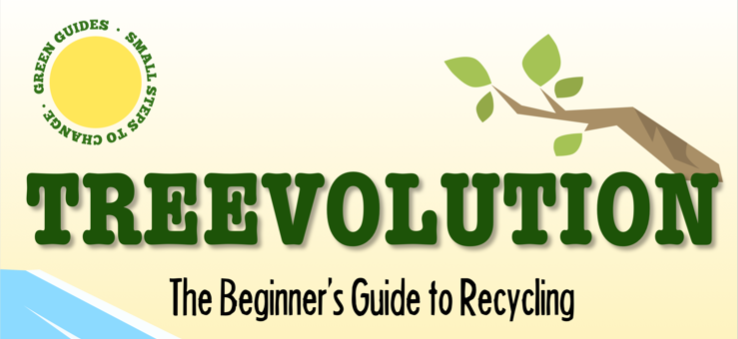Photo by Renzo D’souza on Unsplash
Rather put a cork in it
Cork is 100% natural, hypoallergenic and biodegradable and harvesting it doesn’t damage the trees. In fact, the cork tree is the only oak species whose bark regenerates itself.
The outer bark of the tree is carefully stripped during summer months when it is at its most active growth phase and it tears away more easily. The bark grows from the inside out, becoming smoother after each harvest.
Here’s how it is harvested:
Over the course of a tree’s lifetime, which is about 200 years, it can be stripped about 17 times, says Joaquim Sá from Amorim Cork South Africa, which is based in Stellenbosch and manufactures cork closures for the wine and spirit industries.
He says harvesting isn’t done in South Africa because there are not enough cork oak trees here. Most of the cork used in South Africa is imported from Mediterranean areas such as Portugal, which has an ideal climate for cork trees.
Losing f(l)avour
The highest quality cork is generally reserved for wine stoppers, with lower grades used for products such as floor tiles and shoe soles. But, these days, traditional cork stoppers have largely been replaced by synthetic counterparts or screwtops. Why did this happen?
Screwtops and fake corks are cheaper and the latter won’t spoil older wines by breaking apart in the bottle like the traditional corks. Sá says plastic closures are used in wines intended for early consumption or that don’t require extensive ageing.
But what does this mean for the environment? Unlike cork, plastic bottle stoppers are not biodegradable, although they can be recycled.
Notebook
- Amorin Cork South Africa
- Watch: How 40-million cork wine stoppers are harvested a day
- Watch: How synthetic corks are made

